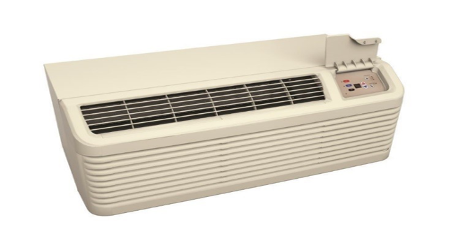
Huge Growth in Net-Zero Energy Buildings
March 15, 2018
For many in the buildings industry, net-zero energy still represents more a pie-in-the-sky idea than a tangible reality. But, though they still represent a very small percentage of buildings, growing evidence suggests that they’re becoming more and more common.
The New Buildings Institute recently reported that private sector investments have spurred a 700 percent increase in net-zero energy buildings since 2012. NBI’s annual ”Getting To Zero” status update on net-zero energy buildings — a comprehensive report on the state of the industry, including tools and tips for those in the industry working on net-zero energy — lists 482 net-zero energy comprising 45 million square feet. That includes 67 building certified net zero energy and 415 more buildings with a stated net-zero energy goal, but have yet to be “completed, occupied, or are still working to attain (zero energy) performance.”
NBI reports that the verified net-zero energy buildings on its list use an average of 60 percent less energy than a traditional building. The median gross EUI for these buildings is 18 k/Btu per square foot per year. Educational buildings make up the biggest vertical market of net-zero energy buildings, according to the report — 37 percent.
And it’s not just new buildings — existing buildings are taking steps toward net-zero energy as well. This Building Operating Management story from last year showcases several high-profile buildings, including the Empire State Building, making progress toward net-zero energy and ultra-efficiency.
Look for a story in the upcoming April issue of Building Operating Management on how net-zero energy buildings are incorporating new technology, including Building Internet of Things devices.
This Quick Read was submitted by Greg Zimmerman, executive editor, Building Operating Management. Read his cover story profiling Northwestern University’s vice president of facilities management, John D’Angelo.
Next
Read next on FacilitiesNet












